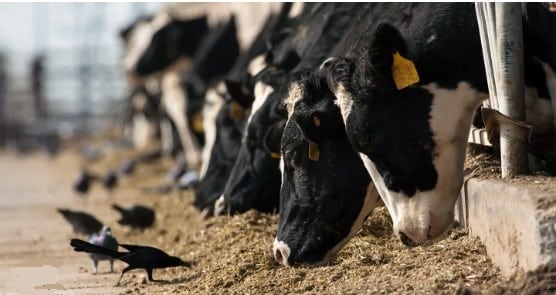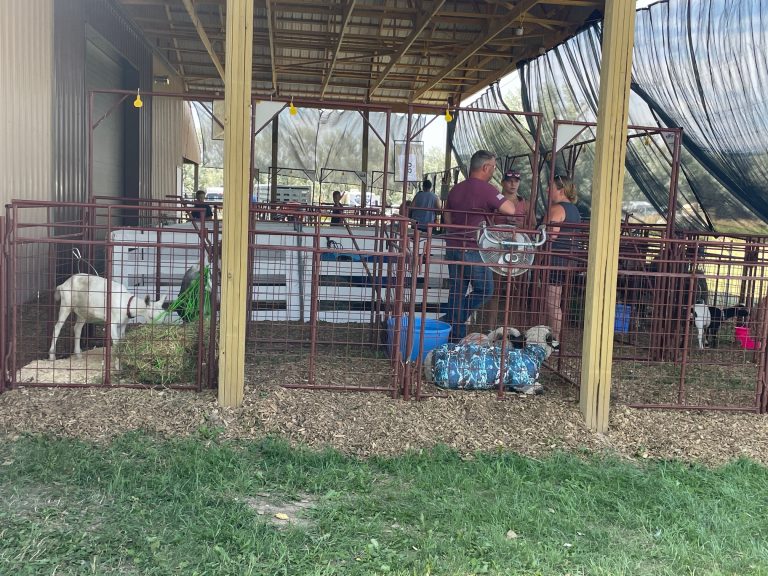PIERRE, S.D. – South Dakota has become the eighth state to confirm an outbreak of bovine influenza A virus (BIAV) (also known as highly pathogenic avian influenza (HPAI) in poultry and birds) in a dairy cattle herd. The South Dakota Department of Agriculture and Natural Resources (DANR) and the South Dakota Animal Industry Board (AIB) recently confirmed the first case of in the state. The discovery was verified by the USDA’s National Veterinary Services Laboratories.
Marv Post, Chairman of the South Dakota Dairy Producers, is urging all dairy farmers to monitor their cattle closely and to contact their veterinarian if symptoms are observed.
Symptoms include reduced milk production, loss of appetite, and changes in manure consistency, particularly in late-stage lactating cows.
Despite concerns, there is no threat to the safety of the commercial milk supply or public health, according to officials. All dairies must ensure that only milk from healthy animals enters the food chain. The pasteurization process, which heats milk to a high temperature, guarantees the safety of milk and dairy products. This process effectively inactivates viruses and bacteria, as supported by the Centers for Disease Control (CDC), which strongly advises against consuming unpasteurized or raw milk.
Ongoing investigations by federal and state health and veterinary authorities, including the USDA, the Food and Drug Administration (FDA), and the CDC, aim to understand and mitigate this outbreak among dairy cows. These efforts focus on controlling the spread and ensuring the continuity of safe dairy production and supply.
“The South Dakota Department of Health is working with the DANR to ensure the safety of the people and livestock in South Dakota. It’s important to note that the risk of human infection is low,” said Department of Health Secretary, Melissa Magstadt. “If you have had exposure to an H5N1-infected bird or animal and are showing signs and symptoms of infection, such as redness and swelling of the eye (conjunctivitis), cough, fever, or sore throat, visit your medical provider to be tested.”
According to the American Association of Bovine Practitioners (AABP), the disease presents very differently in cattle versus poultry and is far less lethal. A recent name change from highly pathogenic avian influenza (HPAI) to bovine influenza A virus (BIAV), reflects the difference in the presentation of the disease between species. The organization is encouraging government officials and industry to adopt the name change. In an open letter dated April 8, 2024, the organization shared the disease syndrome in cattle does not cause high morbidity and mortality as it does in birds.
 Dairy Cows, Goats Test Positive For Avian Flu Virus 〉
Dairy Cows, Goats Test Positive For Avian Flu Virus 〉
CDC Confirms First Person Infected With Avian Flu Virus〉
BIAV was first detected in lactating dairy cattle in Texas and New Mexico, and now has spread to Kansas, Michigan, Idaho, Ohio and South Dakota.
There have been no reported detections of BIAV in Nebraska dairy cattle and other livestock following the states Department of Agriculture issuing an import order effective immediately – after the virus began to spread from Texas. The importation order requires all breeding female dairy cattle entering Nebraska to obtain a permit issued by NDA before entry. Other states with restrictions include Alabama, Arizona, Arkansas, California, Delaware, Florida, Hawaii, Idaho, Kentucky, Louisiana, Mississippi, North Carolina, Pennsylvania, Tennessee, Utah, and West Virginia.
It is the first time the virus has cross-species transmitted to livestock and also the first time the infection has sickened a human who worked with dairy cattle in Texas.
The risk to human health remains low, according to USDA and CDC. Both agencies continue to investigate.












